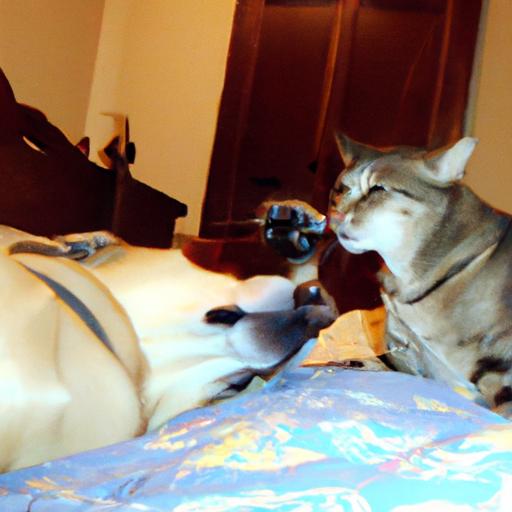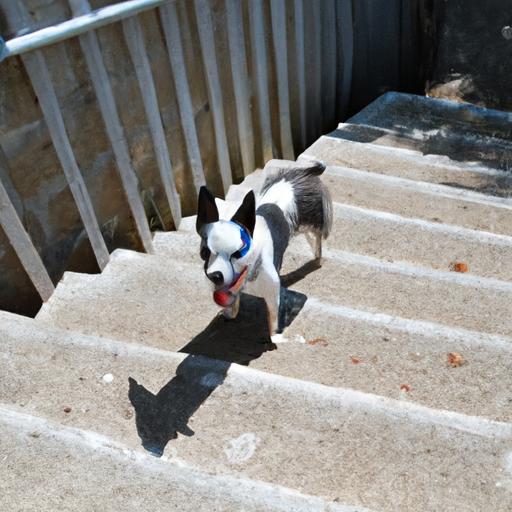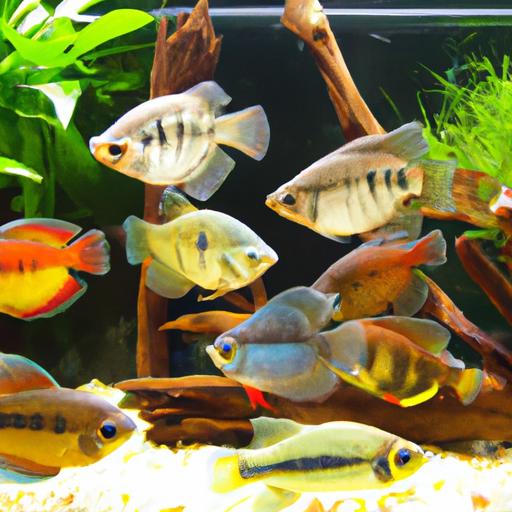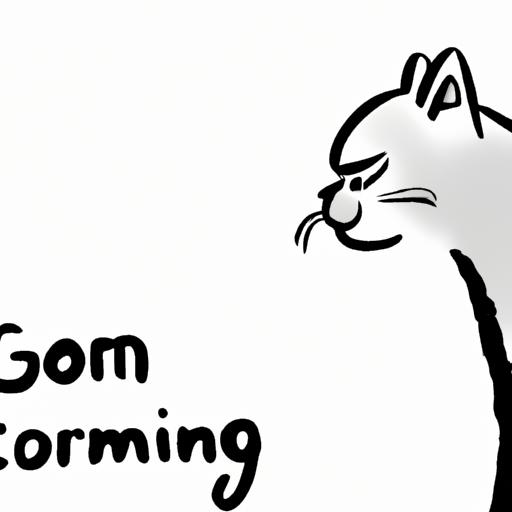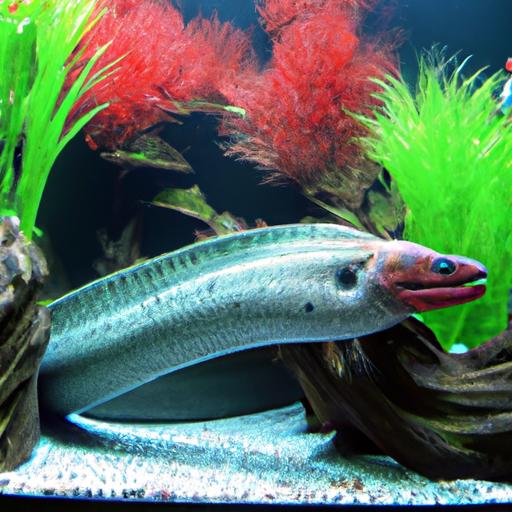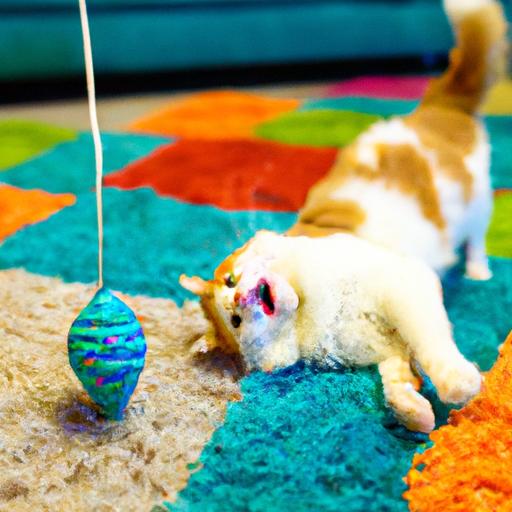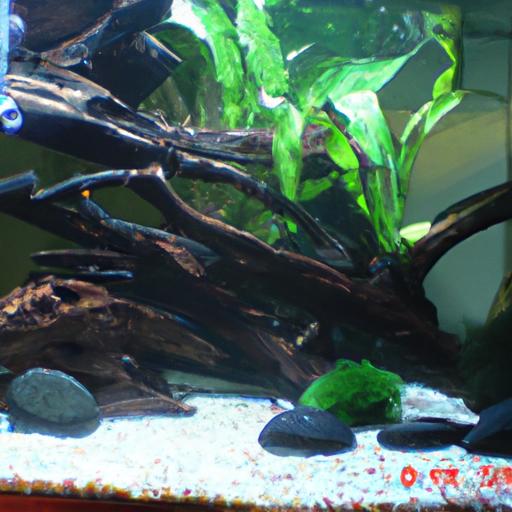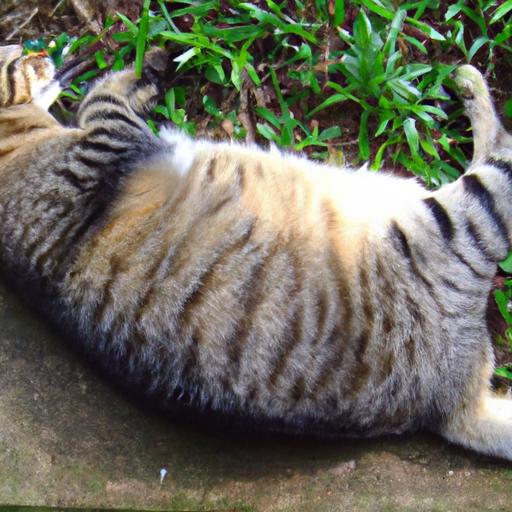
Cat Behavior: The Meaning of Slow Tail Flicks
Discover the hidden language of cats with our guide on “Cat Behavior: The Meaning of Slow Tail Flicks.” Decode their emotions with ease.
Understanding and Decoding Feline Communication
Introduction
Have you ever wondered what your cat is trying to tell you through its tail movements? Cats are known for their subtle yet expressive body language, and their tails play a crucial role in communicating their emotions and intentions. In this article, we’ll delve into the intriguing world of cat behavior and focus on deciphering the meaning behind slow tail flicks. By understanding this specific tail movement, you’ll gain valuable insights into your feline companion’s thoughts and feelings.
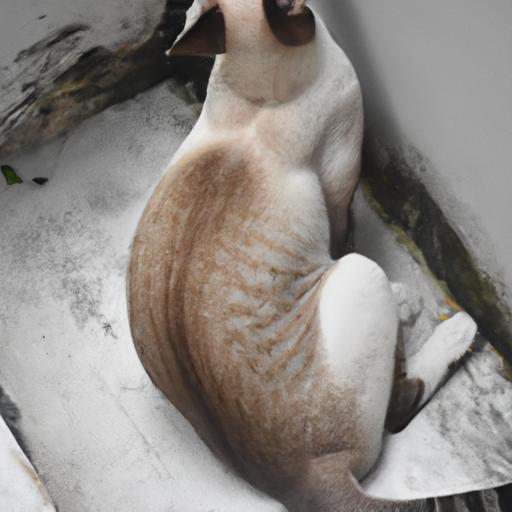
Understanding Slow Tail Flicks
Defining Slow Tail Flicks
Slow tail flicks, as the name suggests, are deliberate and gentle movements of a cat’s tail. Unlike rapid tail flicks that indicate agitation or excitement, slow tail flicks possess a distinct rhythm and grace. These movements are often accompanied by a relaxed body posture, indicating a more nuanced expression of emotion.
Common Situations and Contexts
Cats exhibit slow tail flicks in various situations, each conveying a specific message. One common scenario where you may observe slow tail flicks is during moments of curiosity or intrigue. When your cat is exploring a new environment or investigating an unfamiliar object, you might notice its tail swaying gently from side to side. This behavior signifies a cautious but curious approach.
Another context in which cats display slow tail flicks is during interactions with other animals or humans. If your cat is feeling relaxed and content, it may greet you with a slow tail flick. This gentle movement indicates a friendly disposition and a desire for companionship.
Interpreting the Meanings
Decoding the meanings behind slow tail flicks requires attentiveness and context. While each cat may have its unique variations, there are some general interpretations to consider. A slow tail flick, accompanied by relaxed body language, can indicate a sense of calmness and contentment. It suggests that your feline friend is comfortable in its surroundings and feels safe.
On the other hand, if your cat exhibits slow tail flicks along with other signs of tension, such as dilated pupils or flattened ears, it might be a sign of mild irritation or unease. In such cases, it’s essential to evaluate the overall body language and environment to determine the cause of discomfort.
Frequently Asked Questions (FAQ)
Why do cats flick their tails?
Tail flicking is an integral part of feline communication. Cats flick their tails to express various emotions and intentions. Rapid tail flicks often signify agitation or excitement, while slow tail flicks convey a more relaxed and contemplative state of mind.
What is the difference between slow and fast tail flicks?
The primary distinction between slow and fast tail flicks lies in the underlying emotions they represent. Slow tail flicks are typically associated with calmness, contentment, and curiosity. In contrast, fast tail flicks indicate heightened arousal, agitation, or even aggression.
Can slow tail flicks indicate aggression in cats?
Slow tail flicks, when observed independently, are not usually indicative of aggression. However, it’s crucial to assess the overall body language and context. If your cat displays other signs of aggression, such as hissing, growling, or an arched back, slow tail flicks in combination with these behaviors might suggest a more aggressive stance.
How can I respond or interact with a cat displaying slow tail flicks?
When your cat exhibits slow tail flicks, it’s generally a positive sign of relaxation and comfort. You can respond by offering gentle strokes, engaging in playtime, or providing a safe and calm environment. However, always respect your cat’s boundaries and observe for any signs of discomfort or stress.
Conclusion
Understanding your feline companion’s behavior is a fascinating journey that deepens the bond between you and your cat. Slow tail flicks offer valuable insights into your cat’s emotional state, conveying messages of curiosity, calmness, and contentment. By observing and interpreting these subtle body language cues, you’ll be better equipped to respond to your cat’s needs and provide a nurturing environment.
Remember, while slow tail flicks provide valuable information, it’s essential to consider other aspects of your cat’s body language and overall context to form a comprehensive understanding. If you have concerns about your cat’s behavior, seeking professional advice from a veterinarian or animal behaviorist is always recommended. Embrace the beauty of feline communication, and let your cat’s tail do the talking!
















